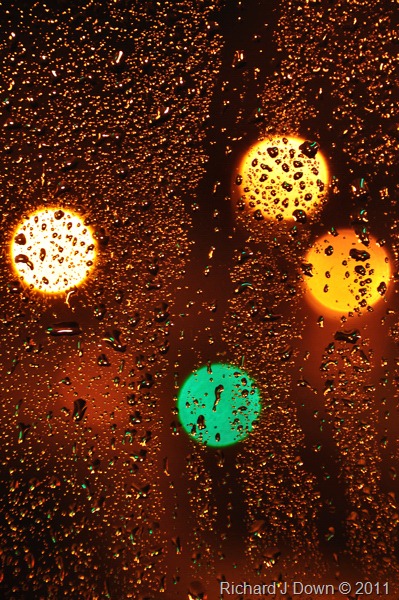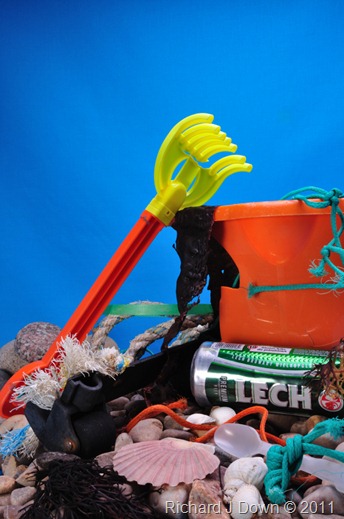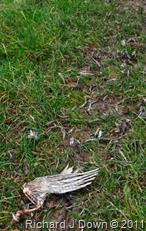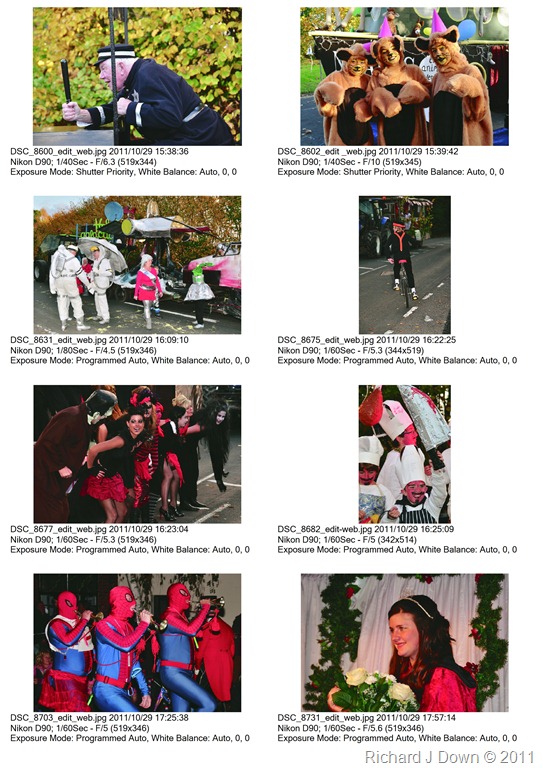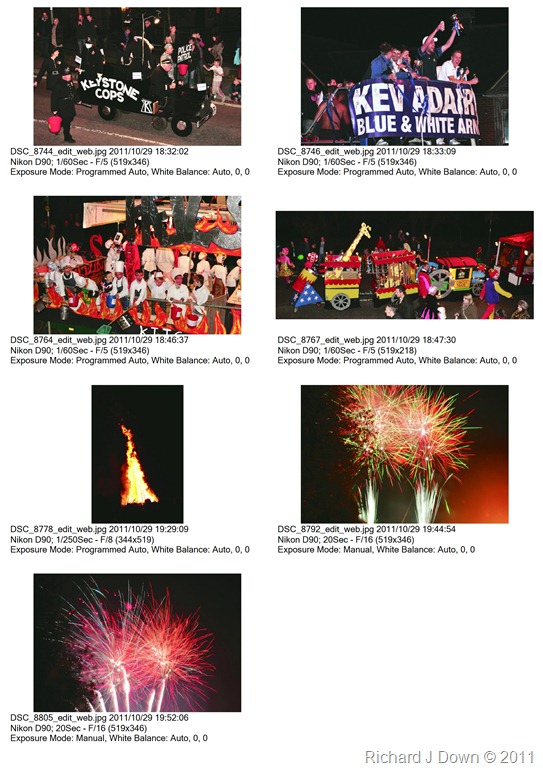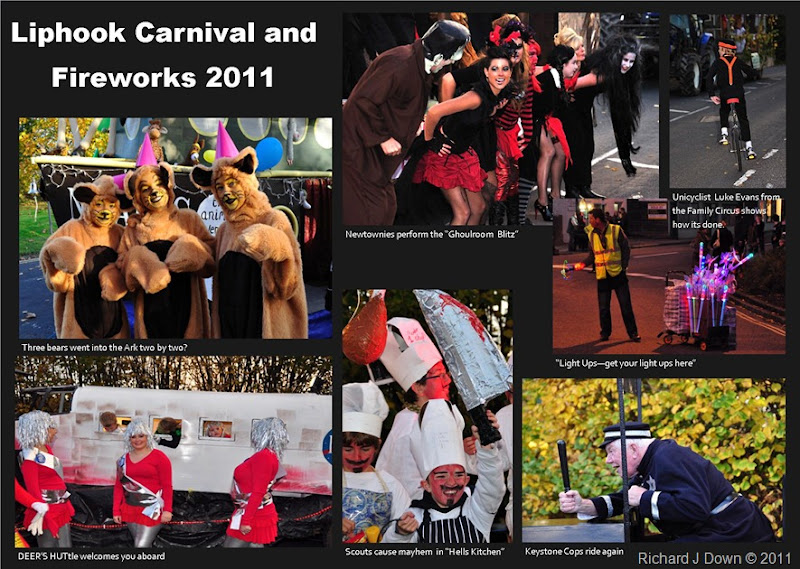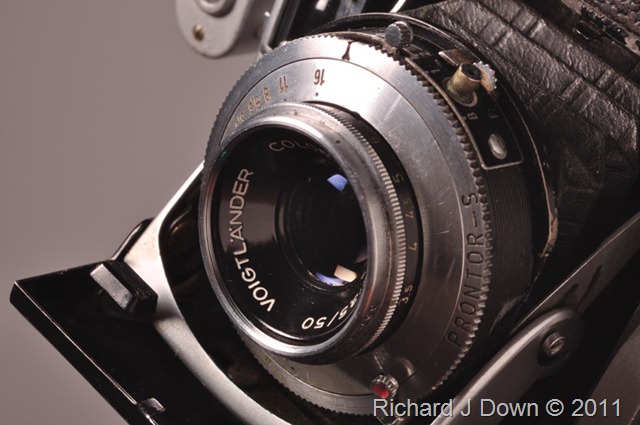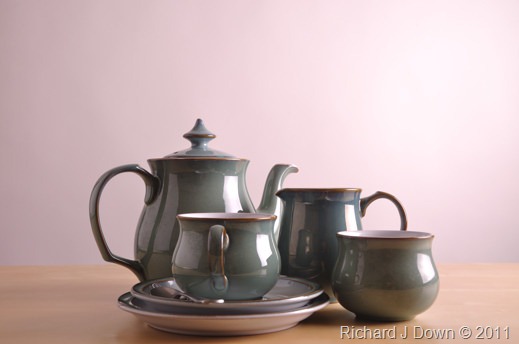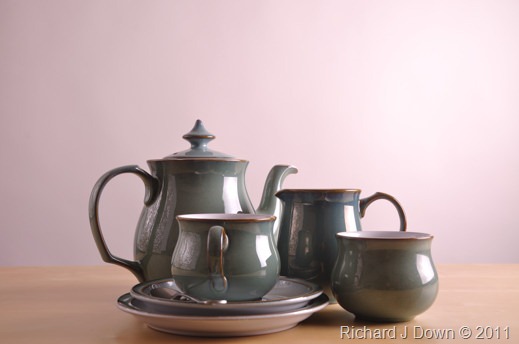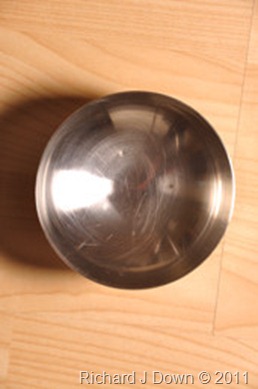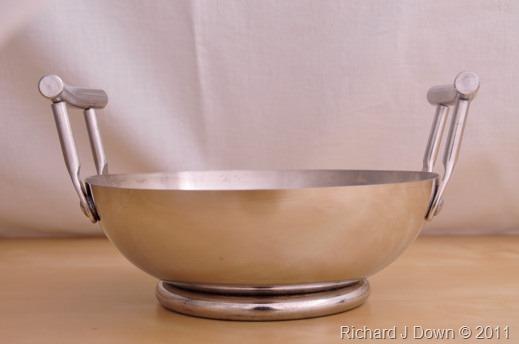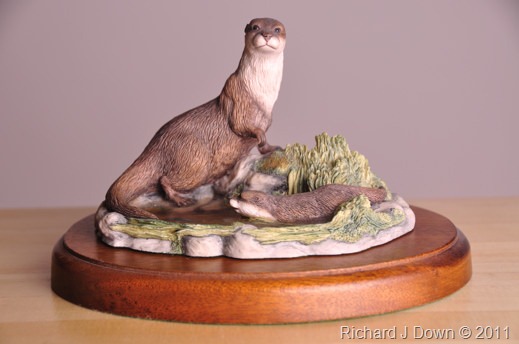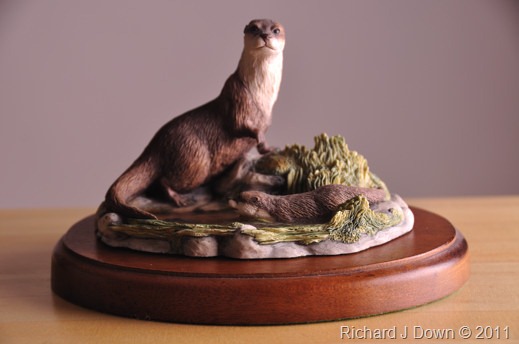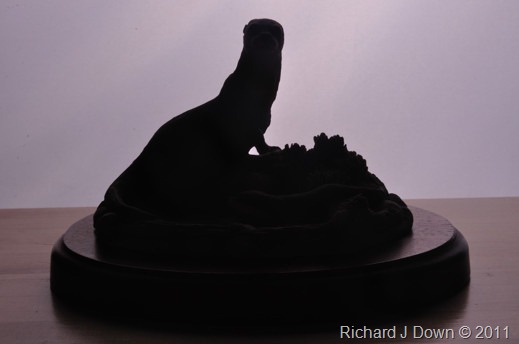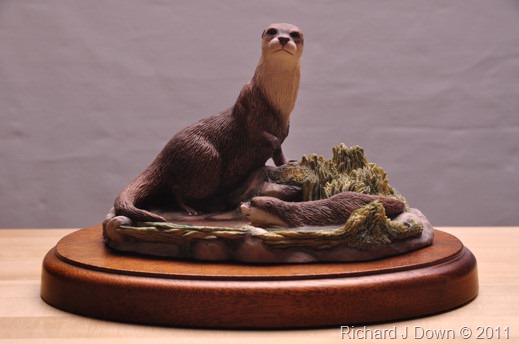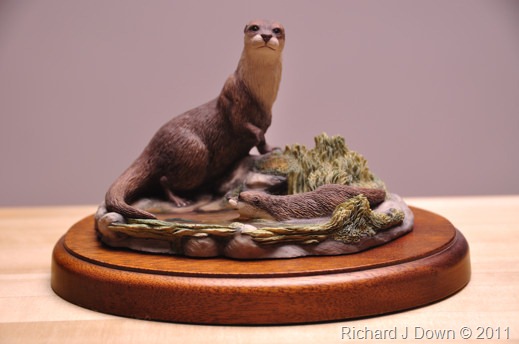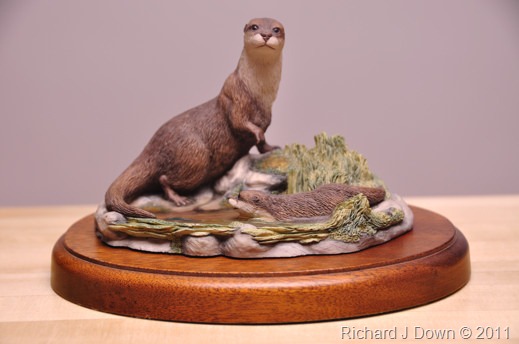Introduction: My tutor suggested I look at the work of this eminent photographer in attempt to inspire me to introduce some spontaneity and humanity into my own work. I borrowed from the library, a large tome of his work introduced by Yves Bonnefoy. I will start by reproducing what Cartier-Bresson wrote on describing his photography.
L’imaginaire d’apres` nature
“For me, the camera is a sketch-book, an instrument of intuition and spontaneity, the master of the instant which in visual terms, questions and decides simultaneously. In order to give meaning to the world, one must feel involved in what one singles out through the viewfinder. This attitude requires concentration, sensitivity, a discipline of mind and a sense of geometry.
It is through economy of means and above all by forgetting ones-self that one arrives at simplicity of expression.
To photograph is to hold one’s breath, when all faculties converge to capture fleeting reality. It is at that precise moment that mastering an image becomes a great physical and intellectual joy.
For me photography is to place heart and eye along the same line of sight. – It is a way of life.”
I’ve looked through the book and chosen 5 images that I really like. I’m not sure if I can find the pictures on the web and link to them but if I can, I will. The book offers no information on the images other than a list of captions. 1. This is plate one in the book and is entitled; “Barrio Chino, Barcelona 1933”
http://www.metmuseum.org/toah/works-of-art/1987.1100.125
This made me smile the instant I opened the book. I needs no further explanation other than CB responded with the spontaneity that anyone carrying a camera would have. Perfect juxtaposition. Totally unrelated to the context of the photograph – looking at the drawing, I am reminded of the cowboy doll Woody from Disney’s Toy Story.
2. Plate seven in the book is entitled “Academician on his way to a ceremony at Notre Dame 1953”. The photograph shows three onlookers watching as an elderly gentleman dressed in a cape and plumed hat climbs into a taxi. More interesting than the academician, are the three onlookers. Their expressions show they are looking into the rear of the taxi at something or somebody we cannot see. A curious somewhat bemused gaze. Several questions arise; is this merely a queue at the taxi rank, is this a well known and respected figure that has drawn a crowd of well wishers or curious gawkers? The man in the beret on the left is wearing a dark stripe on his left lapel. Is he in mourning? His coat is well worn with an odd button. He has his right hand in his coat pocket and his left arm behind his back. He is standing with his feet apart. Does he have some sort of authority? The second man has a cigarette and is just about to strike a match. The third man’s stance and facial expression leads me to think he has just stepped into the foreground to look into the taxi. Up to this point I have not searched for any information about this image…….
The information about the photo which, is in the V&A collection, is as follows; “Black and white photograph of an elderly academician in ceremonial dress seen in profile, about to get into a taxi. To the left is a line of workers watching the man.”
3. “Rue Mouffetard, Paris, 1954” in the caption for plate 140. It shows a young boy about 8 or 9 years old, cradling a large bottle of wine in each arm, walking towards the camera, head held high with a cocky expression on his face. Several other children seem to be following him with excited curiosity, maybe anticipating a potential disaster or just enjoying his obvious pleasure and self importance………
Apparently, Cartier-Bresson showed up at the boy's 50th birthday party; they had kept in touch over the years. When he opened the door, Cartier-Bresson stood there cradling a magnum of wine in each arm.
4. “Barcelona, 1933” is plate 151. It shows an elderly woman walking past a mural on a long wall on which there is painted the rear view of a male and female figure. The female is holding aloft a furled parasol or umbrella in her right hand.. The walking woman holds a handbag in her left hand. Her right hand is held up to the right side of her head as if she has been struck. Again, perfect juxtaposition and spontaneity. Sold by Sotheby's London in 2007 for £12000. I like it but not that much.
5. The last image is plate 3 in the book and shows a man sitting on the curb in an alley, apparently talking to a cat. It is entitled “Downtown, New York, 1947”. The buildings soar above the seated figure and passing pedestrians can be seen two blocks down. To me, this signifies isolation, solitude, maybe loneliness in a city.
Further Reading, Colin O'Brien and Vivian Maier
Links: http://spitalfieldslife.com/2011/05/30/colin-obrien-photographer/http://www.vivianmaier.com/
Both of these photographers are of the film and (mostly) black and white era of photography. As I grew up in this era (post war 50s and 60s) for me they have a nostalgic quality as well as being a social documentary.
Colin O’Brien has a particular resonance being British. Although he started making photographs a year before I was born, I can recognise a lot in his photographs. I too started making contact prints from a Kodak Brownie in a frame with a kit I was given as a present at the age of 14. (Remember Johnsons of Hendon?) Unfortunately it was to be another 40 years before I got into a proper darkroom and made enlargements from my negatives. I liked the everyday life patterns of his pictures, almost unremarkable subjects at the time but now as a historical record, they take on a new significance. There are similar subjects in our family albums, relatives and events of the past. Not as skilfully photographed but valuable as a record none the less.
I first heard a about Vivian Maier in a documentary film (probably on YouTube, from a link on the OCA Student Forums). Being American and photographing in New York and Chicago makes her subjects seem vaguely exotic. I’ve never been to either place in reality but we all have the Hollywood/Newsreel version of the United States in our heads. What Maier’s images show to me is that at the same time as Colin O’Brien was photographing in London, life was being lived by ordinary working people across the Atlantic in New York and Chicago. The Americans may have appeared more affluent but Maier’s photos also hint that life was not a bed of roses for everyone.
I think street photography is a marvellous genre but I don’t think could ever succeed at it. I can do the candid shots, either by taking pot luck with framing and looking away from the subject while pressing the shutter, or hiding away with a long lens. However, I think the best shots are those in which the subject has engaged with the photographer and you can see a response in their eyes. Either contempt, compliance or indifference. I would have trouble coping with the contempt. I’ve watched a videos of Bruce Guilden and Joel Meyerowitz working in New York. My skin is not that thick!
